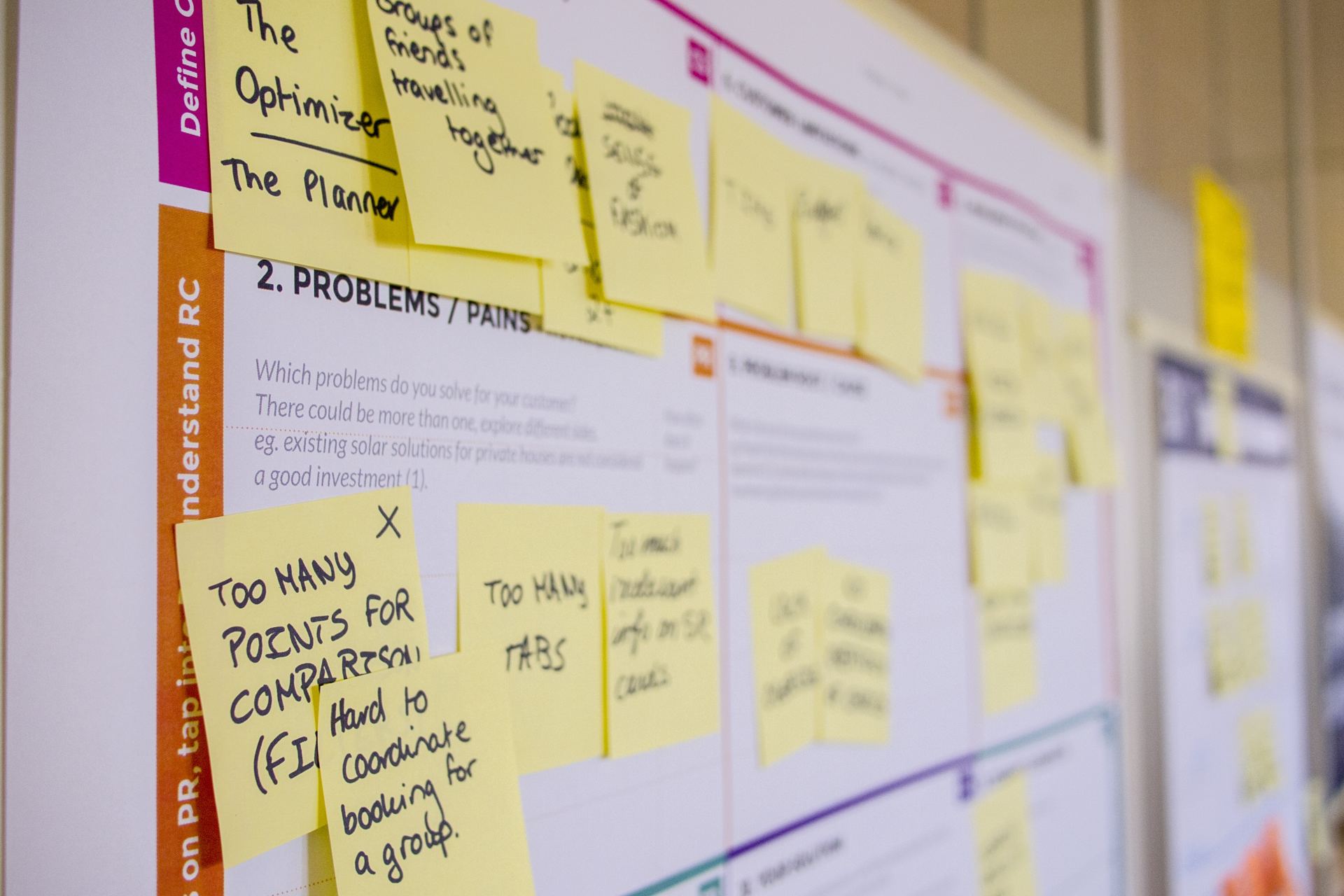Why Fundraising Managers Need to Drive In Neutral at Least Once a Year

When you drive in first, second, third, fourth or fifth gear, the speed and power of the car is completely different. The fuel consumption is completely different, the sound is completely different. The ‘feeling’ is completely different.
When you are responsible for fundraising, you might be quite conscious of which gear you are working in. Lower gears burning through resources as you establish your momentum, higher gears seeing much better efficiency and speed towards your goals. I’m not going to lie, this analogy is proving to be better than I initially anticipated.
So what has driving in neutral got to do with it? This means standing still, surely?
Well, you are right it is precisely that moment of pause that I want to check you are taking.
Pausing in neutral means deciding what route and performance is going to get you to your goal safely and on time. But more than that, neutrality is important in the sense that you try to remain unbiased in your decisions. Travel a particular fundraising road regularly and it becomes your natural choice out of habit, even though it may not be your best one.
Marketing academics refer to this same principle in deciding media planning as ‘media neutral’ and they know just how important it is. It means that if you are clear on the outcome you are looking for and on the messages you want to convey, then you should remain neutral about which types of media will work best for you and choose a mix or blend that best suits that campaign.
I wonder how much of a gear shift we could have if we borrowed the concept for fundraising? If instead of investing in the fundraising techniques and activities that we did last year, we stopped to ask which are the ones that would best suit our ambitions and needs this year, could we achieve more than we thought possible
Over the years dozens upon dozens of fundraisers have said to me,” I don’t think we should still be doing this event”, or “I’m trying to engage people who just don’t seem interested” or “this type of fundraising just isn’t working for us”. Now diagnosing why in all of these areas is essential, but we also have to stop to evaluate whether we should be doing them at all. The essence of great fundraising is about achieving as much as possible with as little as possible. To get there we have to be brave enough to try new avenues, take risk and shift investments around. Some fundraising planning neutrality could be just the thing to make sure you aren’t headed in reverse.
If you’re curious on how this played out at the NSPCC then take a look at the paper published in the International Journal of Nonprofit Voluntary Sector Marketing, by Angus Jenkinson, Branko Sain and Kevin Bishop called Optimising communications for charity brand management.
Other Blog Posts










